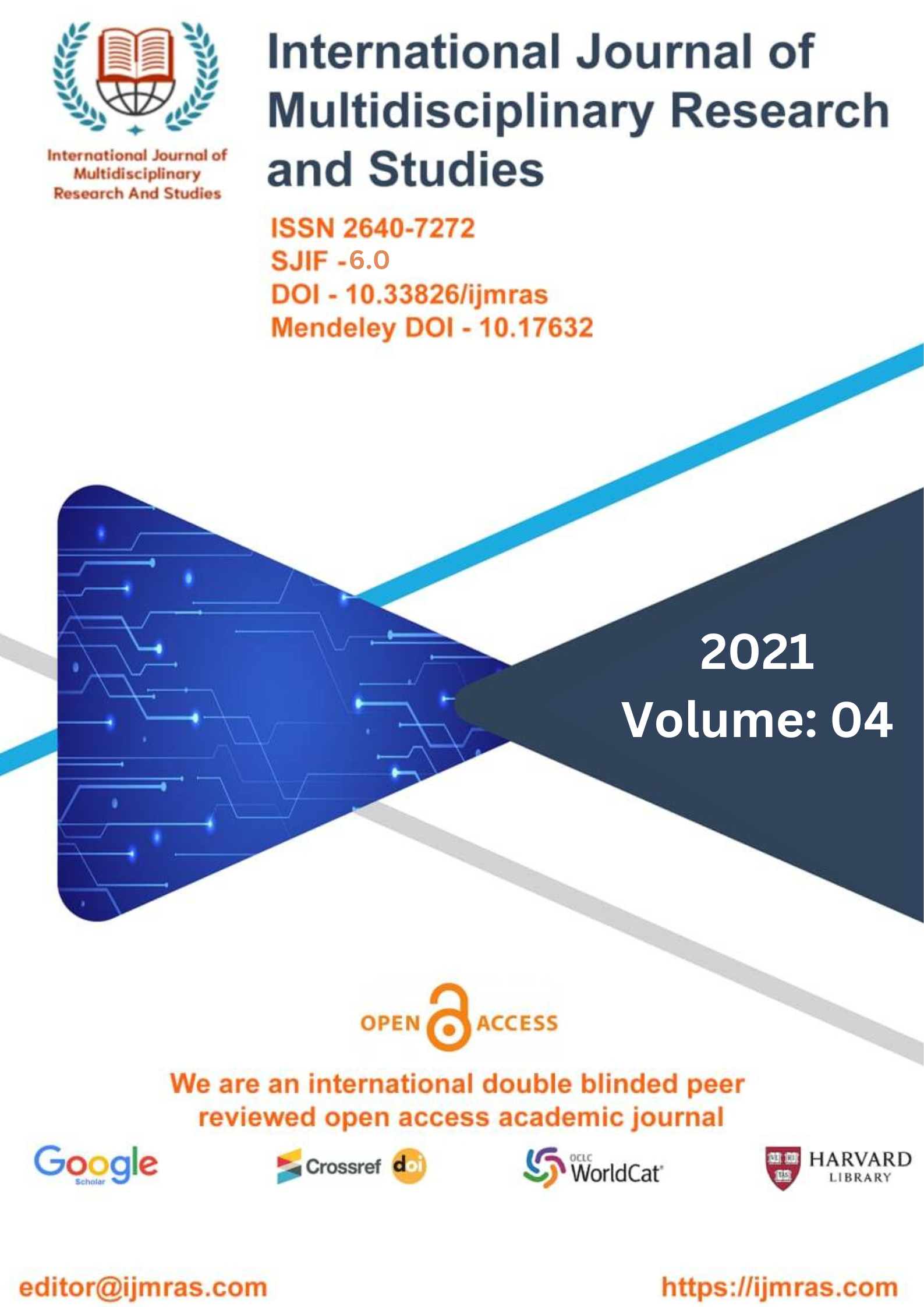ROLE OF TEMPOROPARIETAL JUNCTION IN SELF-PERCEPTION

Abstract
The ability to discern between representations of oneself and those of other people, as well as the ability to move between these representations, is a fundamental component of social cognition. Citation needed for example, if you are trying to see things from the perspective of another person, you have to switch back and forth between representing yourself as "self" and representing yourself as "other" in order to minimize the representation of your own perspective and maximize the representation of the other person's perspective. This is necessary in order to achieve the goal of seeing things from the perspective of the other person. In a similar vein, in order for a person to finish activities involving theory of mind, they must not represent their own beliefs, objectives, or intentions, but rather the beliefs, desires, and aims of another individual. When trying to empathize with another person, it is important to make a distinction between one's own affective state and the affective state that results from one's representation of the emotions of the other person. This is because one's own emotions can be influenced by one's interpretation of the other person's feelings (Singer and Lamm 2009). Again, this calls on the ability to move between representations of one's own emotions and those of other people.
Keywords
Social Cognition, Interpretation, Person’s Perspective.How to Cite
References
Bach, L. J., Happe, F., Fleminger, S., & Powell, J. (2000). Theory of mind: independence of executive function and the role of the frontal cortex in acquired brain injury. Cognitive Neurospsychiatry, 5(3), 175– 192.
Beauchamp, M. S., Lee, K. E., Haxby, J. V., & Martin, A. (2003). FMRI responses to video and point-light displays of moving humans and manipulable objects. Journal of Cognitive Neuroscience, 15(7), 991–1001.
Bird, C. M., Castelli, F., Malik, O., Frith, U., & Husain, M. (2004). The impact of extensive medial frontal lobe damage on ‘Theory of Mind’ and cognition. Brain, 127(Pt 4), 914–928.
Castelli, F., Happe, F., Frith, U., & Frith, C. (2000). Movement and mind: a functional imaging study of perception and interpretation of complex intentional movement patterns. Neuroimage, 12(3), 314–325.
Downing, P. E., Jiang, Y., & Kanwisher, N. (2001). A cortical area selective for visual processing of the human body. Science, 293(5539), 2470–2473.
Frith, U., & Frith, C. D. (2003). Development and neurophysiology of mentalizing. Philosophical Transactions of the Royal Society of London. Series B: Biological Sciences, 358,
Gallagher, H. L., Happe, F., Brunswick, N., Fletcher, P. C., Frith, U., & Frith, C. D. (2000). Reading the mind in cartoons and stories: an fMRI study of ‘theory of mind’ in verbal and nonverbal tasks. Neuropsychologia, 38,
Grill-Spector, K., Knouf, N., & Kanwisher, N. (2004). The fusiform face area subserves face perception, not generic with-in category identification. Nature Neuroscience, 7(5),
Grossman, E., & Blake, R. (2002). Brain areas active during visual perception of biological motion. Neuron, 35, 1167–1175.
Happe, F. (2003). Theory of mind and self. Annals of the New York Academy of Sciences, 1001, 134–144. Harris, P. (1992). From simulation to folk psychology: the case for development. Mind and Language, 7,
Heal, J. (1998). Simulation, theory and content. In In theories of theories of mind. Carruthers & Smith.
Heberlein, A. S., Adolphs, R., Tranel, D., & Damasio, H. (2005). Cortical regions for judgements of emotions and personality traits from pointlight walkers. Journal of Cognitive Neuroscience, 16(7).
Hoffman, E. A., & Haxby, J. V. (2000). Distinct representations of eye gaze and identity in the distributed human neural system for face perception. Nature Neuroscience, 3(1), 80–84.
LaBar, K. S., Crupain, M. J., Voyvodic, J. T., & McCarthy, G. (2003). Dynamic perception of facial affect and identity in the human brain. Cerebral Cortex, 13(10),
Pelphrey, K., Singerman, J., Allison, T., & McCarthy, G. (2003). Brain activation evoked by perception of gaze shifts: the influence of context. Neuropsychologia, 41,
Pessoa, L., & Ungerleider, L. G. (2004). Neural correlates of change detection and change blindness in a working memory task. Cerebral Cortex, 14(5),
License
Copyright (c) 2021 Seema Suman

This work is licensed under a Creative Commons Attribution 4.0 International License.
Individual articles are published Open Access under the Creative Commons Licence: CC-BY 4.0.



